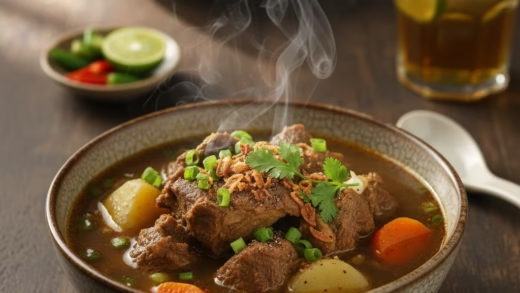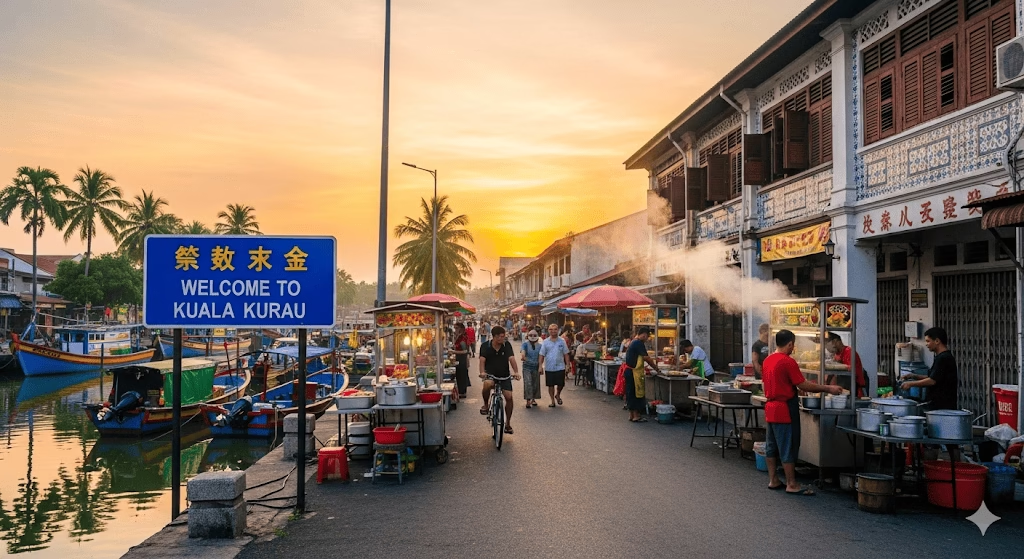How to Experience Malaysia’s Indigenous Tribes

Introduction
Want to connect with Malaysia’s oldest living cultures? This guide will show you how to experience Malaysia’s indigenous tribes, known collectively as the Orang Asli and native communities of Sabah and Sarawak. You’ll learn how to visit them respectfully, where to go, and how to engage meaningfully in their traditions, from bamboo weaving and blowpipe hunting to ancestral dances. Whether you’re a culture lover or eco-traveller, immersing yourself in these indigenous lifestyles offers a rare glimpse into Malaysia’s diverse heritage and natural harmony.
Step 1: Understand Malaysia’s Indigenous Diversity
Before you visit, learn about the different indigenous tribes across Malaysia.
In Peninsular Malaysia, the Orang Asli include groups like the Temuan, Semai, and Mah Meri. In East Malaysia, Sabah is home to the Kadazan-Dusun, Murut, and Bajau tribes, while Sarawak features the Iban, Bidayuh, and Orang Ulu communities.
Tip: Reading up on each tribe’s language, customs, and beliefs helps you appreciate their distinct identities and traditions.
Step 2: Choose Authentic Cultural Villages
Visit heritage or cultural villages designed to preserve and showcase tribal life.
- Semenanjung Malaysia: Mah Meri Cultural Village (Pulau Carey, Selangor)
- Sabah: Mari Mari Cultural Village (Kota Kinabalu)
- Sarawak: Sarawak Cultural Village (Kuching)
These destinations let you observe traditional homes, craft-making, and daily rituals in a respectful environment.
Tip: Opt for guided tours—they’re led by locals who share first-hand stories and cultural insights.
Step 3: Stay in a Tribal Homestay
For a deeper connection, book a community-based homestay run by indigenous families.
Popular choices include:
- Iban Longhouse Homestays in Sarawak
- Bajau Laut Stilt Villages in Sabah
- Temuan Homestays near Gombak or Kuala Langat
Living with a host family lets you participate in cooking, farming, or fishing while learning local customs directly.
Tip: Always ask for permission before taking photos or joining rituals—respect is key.
Step 4: Join Tribal Festivals and Rituals
Plan your visit around traditional celebrations for an unforgettable cultural experience.
Notable events include:
- Gawai Dayak (Sarawak): Harvest festival celebrated by the Iban and Bidayuh tribes in June.
- Kaamatan (Sabah): Rice harvest festival celebrated by the Kadazan-Dusun in May.
These festivals feature music, dances, and rituals passed down through generations.
Tip: Dress modestly and follow the lead of locals during ceremonies.
Step 5: Support Indigenous Crafts and Eco-Tourism
Many tribes sustain their livelihoods through handicrafts and eco-tourism.
Buy bamboo baskets, wood carvings, or beadwork directly from artisans to support their craft.
You can also join workshops in traditional weaving, blowpipe making, or jungle foraging—activities that highlight sustainable living.
Tip: Avoid buying items made from endangered species or sacred symbols.
Step 6: Travel Responsibly and Respect Local Etiquette
Respect for indigenous communities is essential.
- Always ask before entering homes or sacred areas.
- Dress modestly.
- Refrain from excessive noise or alcohol consumption during visits.
- Be mindful of waste and leave the environment clean.
Tip: Choose certified eco-tour operators that ensure fair income distribution to indigenous hosts.
FAQs
Q1: Do I need permission to visit indigenous villages in Malaysia?
Yes. Some communities require visitors to get prior approval or join licensed tours to protect their cultural and environmental integrity.
Q2: Are there language barriers?
English and Malay are widely understood, but learning a few greetings in the local dialect is appreciated.
Q3: Can I volunteer with indigenous tribes?
Yes, some NGOs and community-based projects offer volunteer opportunities focused on education, eco-tourism, or cultural preservation.
Conclusion
Exploring Malaysia’s indigenous tribes is more than just a trip—it’s a journey into ancient wisdom and living traditions. By learning, respecting, and supporting these communities, you contribute to preserving their culture and environment for future generations. So pack your curiosity, an open mind, and your respect—and experience Malaysia’s indigenous heritage the right way.















Comments are closed.